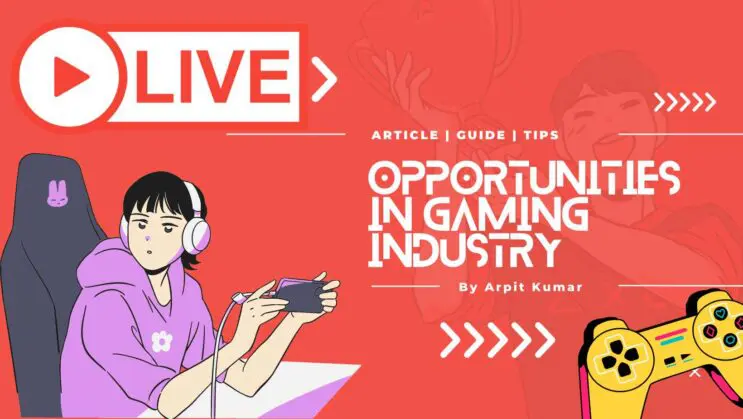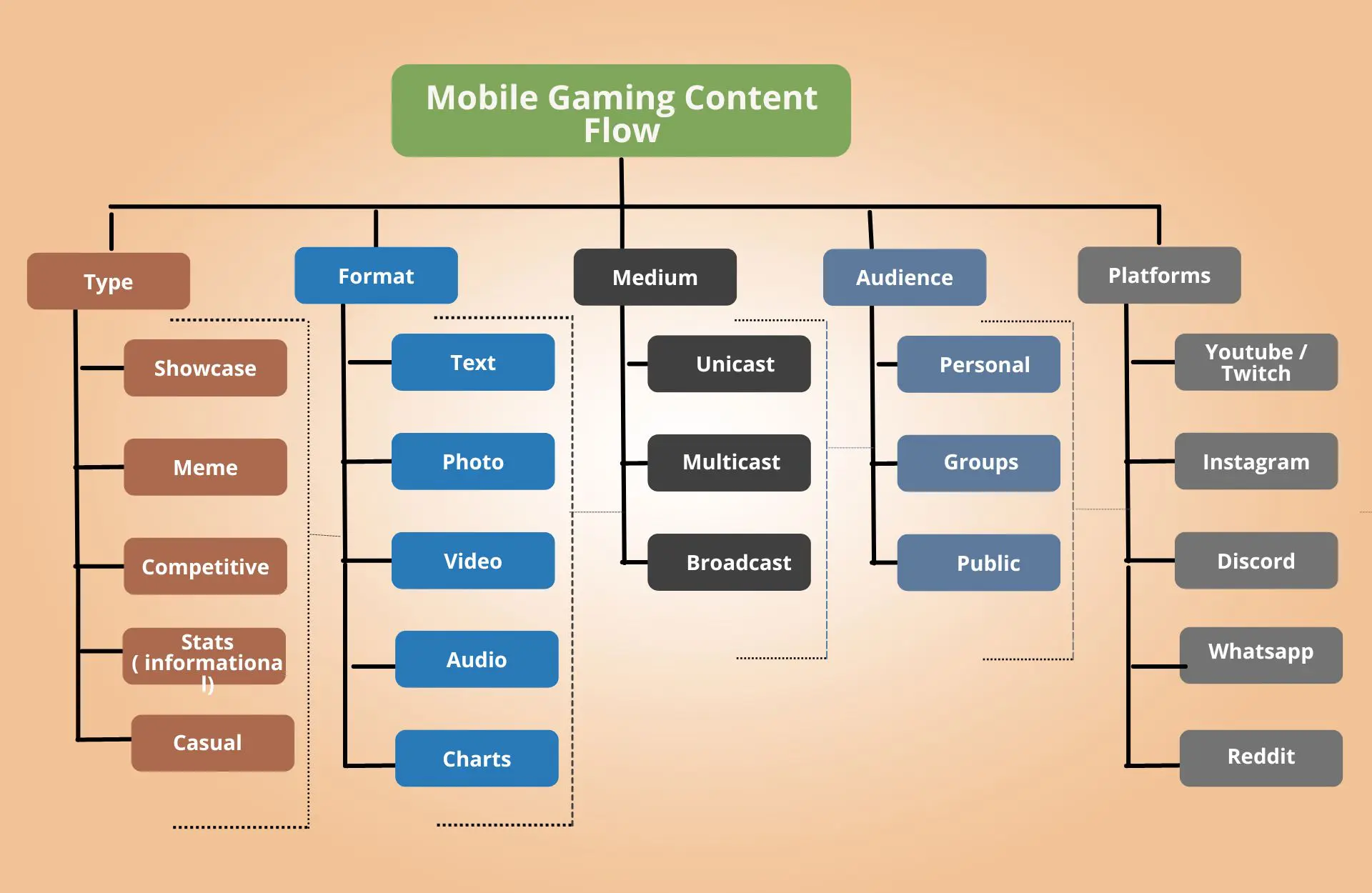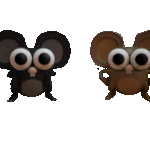Everything that I have mentioned in previous chapters, all the knowledge I have gained playing games ( and developing too ), boils down to explaining my thoughts about opportunities & trends in gaming Industry. I don’t need to tell you about the Market Size of Gaming. We all already have the idea. I will get down to “My Understanding” of opportunities within the gaming space.
But before I do, let’s have a quick recap of gaming history
A brief history of Gaming
Before we look at Trends in gaming Industry, let’s briefly examine its history. It took 50 years to understand where to fit in “gaming.” Once we did, the growth was enormous. What worked in the late nineties through the 2000s doesn’t work now.
In those times, secret “quests” & easter eggs were the significant hooks for studios. With the advent of information and its accessibility, that doesn’t work anymore.
Let’s look at exciting trends in gaming Industry in games, consoles, and their evolution.
NES launched, and the first game to become extremely popular was Super Mario Bros
PS 1 launched, and some of the initial successes were Raymond, Street Fighter, and Tekken.
iPhone launched, and the games which took Appstore by the storm were Angry Birds, Talking Tom, etc
What I am trying to get your attention to is the fact that the games which were launched when the hardware of gaming consoles/phones was in the nascent stage created an IP around in-game characters.
Don’t get me wrong, games that launch later, or games that launch now, create memorable characters too.
The difference is we all know who Super Mario Bros was, but only Call Of Duty fans would know who Simon “Ghost” Railey is.
We will examine why I discussed the characters and their popularity when discussing opportunities.
With this thought in mind, let’s get into opportunities and trends in gaming industry. There are primarily three opportunities within Gaming Industry, as I see it.
- Gaming Platform
- Blockchain & Gaming
- Developing Games
Let’s get into the details of each one
If you are good at something or have a unique skill set or experience you believe you can monetize, which mediums would you venture for exposure? If you are good at writing, you will turn to a blog. You will try your lunch with YouTube if you are good at creating audio/ visual content. If Micro entertainment is your game, TikTok/Reels would be the obvious choice.
Where do you go when you are good at playing video games? Let me illustrate how gamers, especially mobile gamers, try to get visibility.
Sometimes the most difficult thing is to be able to see the most obvious thing
Mehmet Murat ildan
100s of thousands of Mobile games, Millions of mobile players around the globe spend billions of hours on games every day, and yet, not one platform is designed for mobile gamers to connect -> socialize ->, create ->, share, -> engage, ->consume.
The only Mobile platform, which extends a few of the lifecycle traits mentioned above, enjoys the most loyalty with gamers ( a.k.a Discord )
Well, not really. In Chapter 1, I described Discord, and anonymity is provided to gamers. That is opposite to the nature of YouTube and Facebook. Discord not only understood this but nailed it.
Let’s look at some core differences between Discord and Facebook/Youtube.
| Facebook / YouTube | Discord ( or an ideal gaming platform) |
|---|---|
| Centralized control by platform | Decentralized, server owners lay down rules |
| Want you to use your real identity | Lets you create a virtual identity |
| 1 user, 1 identity | Create Multiple Identities |
| 1 user interface for all | Huge feature customizations |
| Communities limited as platform functions | Help build micro & macro communities |
Now that boys and girls, ladies and gentlemen, is a great question. Discord does a great job of bringing gamers together to fulfill one need, “build community & relations.”
Unfortunately, what it doesn’t do is let that community have reach and visibility, which gamers can later monetize. That’s what’s most important to gamers who want to make a living out of gaming

With everything you have heard about games and Gaming, this must be extremely difficult to accept. Surely there must be some platform made for mobile gamers? Well, there is just one (but not for mobile gamers). Steam by Valve corporation.
But it’s only for PC gamers. And it’s a private company. There is no way to tell the revenue they make, but this link has some estimates.
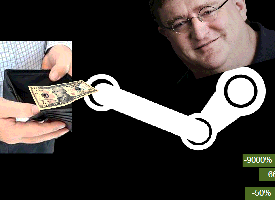
Steam is also the developer of some of the most famous gamers, namely
- Counter-Strike
- DOTA
- Half-Life
And there is no way they have any plans to get into mobile Gaming. Not for the foreseeable future. Why do you ask? That’s a topic for another day.
Returning to Mobile gamers and Gaming, here is a thought for you to chew on.
- Call of Duty Mobile had more than 100 Million MAU at its peak.
- There are more than 2 million calls of duty mobile google searches globally every month.
- Youtube has endless videos if you search for them.
Guess how many Call of Duty Mobile creators has more than a million subscribers on youtube?
Only 1. Yup, that’s it. His channel is iFerg.
A game with gamers spending billions of hours every month has 1 content creator of substance.
Look, I told you, the problem is real.
There is an urgent and current need for someone to create a platform for mobile gamers. Someone will make it at some point in time. And whosoever will control the gaming landscape more than Apple, Google and Tencent.
There are so many things that would comprise an ideal platform for gamers. From steaming to content creation. From content distribution to consumption. These are the most obvious ones. Let me discuss the ones that aren’t as obvious.
There are two such non-obvious areas that a gaming platform must have.
Let me first explain what a “scrim” is. A scrim is a practice/ test match between 2 teams. Scrims are where boys and girls grow to be e-sports athletes.
- Like-minded players get together and create a Team or a Clan.
- Once they believe they are ready, they want to play against the best.
- The next step, e-sports, depends on how these players play in scrims.
E-sports is a fast-growing sub-segment within Gaming. It’s estimated to be $1.5 B Globally. And it’s growing at an astonishing pace. To understand the magnitude of e-sports, digest this
The peak concurrent view on Hotstar was 13 million
The final League of Legends world championship concurrent views ( across platforms ) was 73.8 million
And that’s why I cannot emphasize enough why any platform which has to be developed for Mobile gamers must incorporate Scrims and e-sports frameworks.
Teams should be able to schedule, record, rank, share, and coordinate their activities on the platform.
What if I told you that the most sought-after sub-community within Gaming is not of streamers or pro players?
The most sought-after guys are the stat guys. They regularly dissect the game and any associated changes and inform everyone else about them. For example
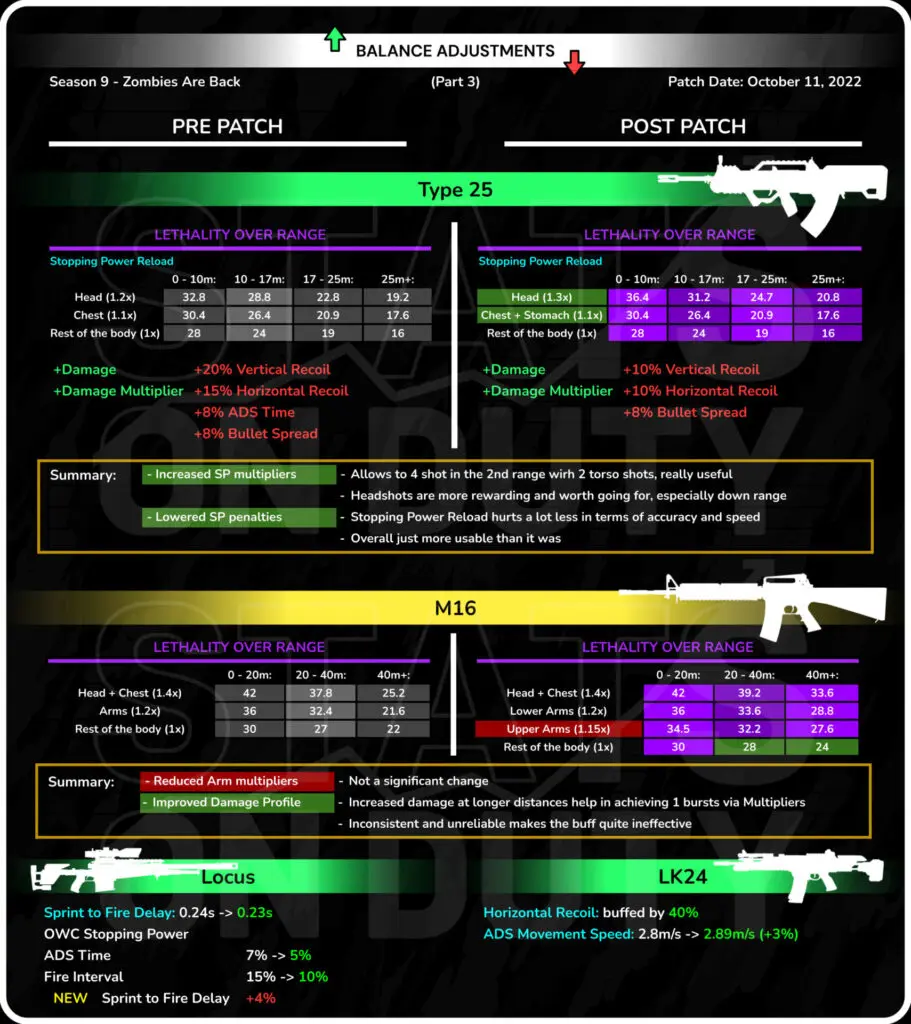
- Call of duty mobile releases a new season.
- Each season has “balance changes” associated with them.
- Balance changes are increasing or decreasing the capabilities of a gun within the game.
- Professional players and casual players alike seek the stat guys.
They are, in some sense, a “coach” to players.
Unfortunately, these guys don’t have a platform to monetize their skills. For them to be able to showcase their talent truly, they need a platform that can support numbers as input and translate them to “charts” ( extremely game-specific charts, though)
This pretty much wraps up a mobile gaming platform as an opportunity. Let’s now move to the next topic.
This section will probably be the shortest out of all the 4 chapters.
As we begin with this, let me first narrate a story.
What I tried narrating through the story above is the experience of anyone who plays Call of Duty Mobile. The frame I mentioned is referred to as OG Legendary frame.
I have heard a lot of discussions lately about putting such digital assets on blockchain by creating games on the blockchain.
What’s important to understand is that the assets exist because of the “experience” within the game. An asset without such experience is just an asset without much of value.
Hence, the 1st step should be to develop great games with such experiences.
Game development requires such a different skill set, though. If you are someone who plans to develop a game, the following section could be of some help.
As much as I am fascinated by games, and developed a few myself, my suggestion to anyone who asks me for ideas for game development today is the same. Only for now, if you have lots and lots of money.
My intention is not to discourage, but let’s look at some of the facts
- As mentioned in Chapter 1, the biggest studios in the world are now releasing games for Mobile platforms.
- As mentioned in this article, the mobile platform is much more mature now.
- In turn, creating an IP over the game is extremely difficult. That time frame has now elapsed.
- All the AAA studies are now leveraging their IPs to attract new players or existing players from different platforms.
Let me share my journey of doing the same. In 2012, we released a casual game for children/teens ( we knew it would resonate even with adults) by the name of Talking Jerry bros. These mice did stupid things. Everyone loved those.
We wanted to create humor the way we had seen it while growing up, and we were going great.
- The game had garnered over 1 million downloads within the first year, with a grand total of $0 spent on marketing.
- 1-month retentions were above 30%, with an average engagement time of 20 mins / engaged user /day
- More importantly, users created videos from the App and uploaded them to Youtube. Last we checked, the combined view of user-generated Content on YouTube was close to 50 million.
It was going great, and then we made a blunder when glory seemed inevitable. We decided to shift from Jerry Bros to a hardcode gaming genre. And does that haunt us today?
If we had focused on Jerry Bros, they would have probably become a household name now.
Instead started working on an action game called “Guardian of the World.” and put all our energies into it.
- We planned to complete the game in 9 months; it took us 2 years.
- Even in. 2 years, we could only develop about 40% of all we wanted in the game.
- We had run out of Time & Money. Our beloved Jerry Bros, neglected for all this while, couldn’t help the game’s development any further.
- More and more AAA studios had started porting to Mobile, and the time to leverage any IP created through Gaming was over.
We made a mistake, and we learned our lesson. And hence I am sharing our experience with you to help you make a judgment accordingly.
Game development is a fiercely competitive landscape. Those who create IPs, add the most value over time.
If I were to develop an FPS like CODM, I would have to think hard about monthly updates.
All Activision has to do is go back to one of its many successful games, pick an element ( gun/character/skill), and add it as an update.
Well, no, but I have a much better proposition as a suggestion.
We are only a few years away from meaningful AR/MR/VR adoption. Hence I propose
- Wait and prepare for that time.
- When it comes, if it goes as every gaming platform in history has gone ( and as I described above ), there would be individuals/ independent studios who will develop casual games around IPs.
- Work on creating those IPs, and stay updated with what resonates with people globally and culturally.
- And when the time comes, release those games on AR/VR/MR platforms.
And this, ladies and gentlemen, boys and girls, brings me to the conclusion of this 4 part series.
In this four-part series, we were able to
- Understand gaming models
- Apply that knowledge to understand gamification.
- Create a sample gamification model for Zomato.
- Understand problem and opportunity areas for Mobile Gaming
I hope you had as much fun reading it as I had writing it. Until next time – Arpit

